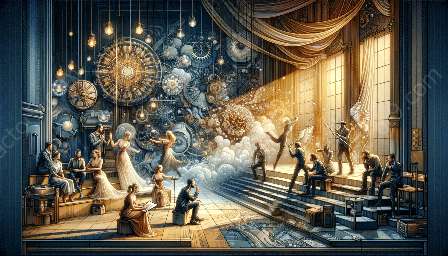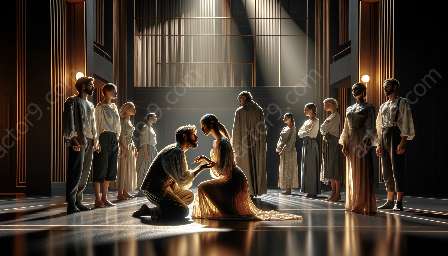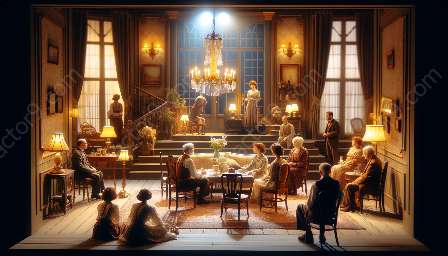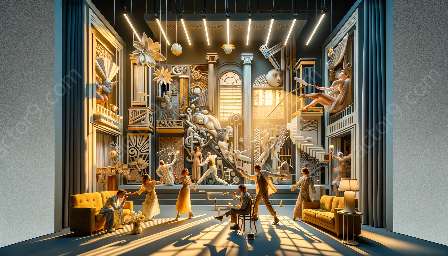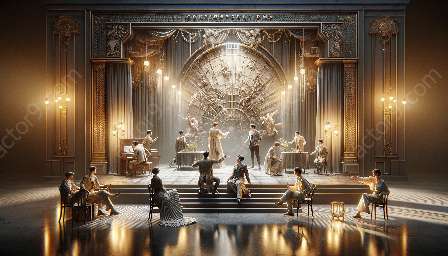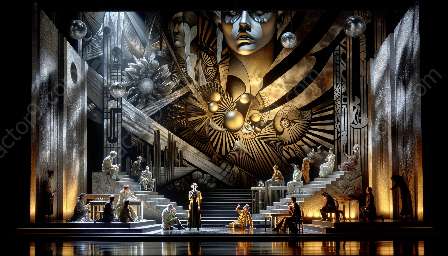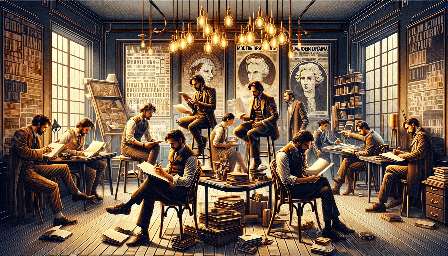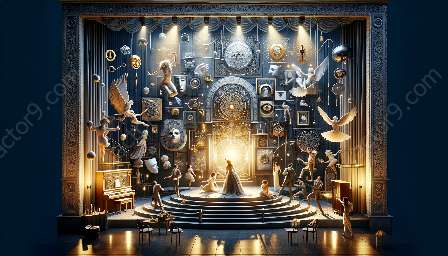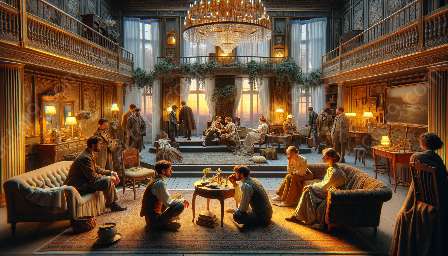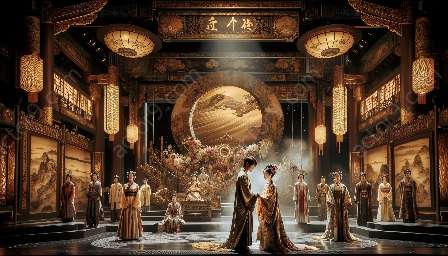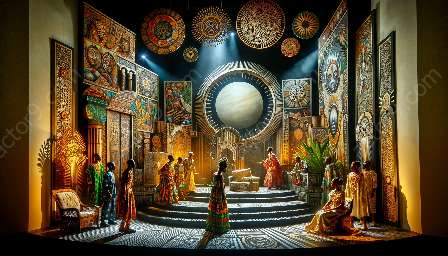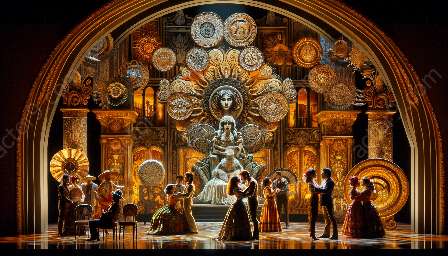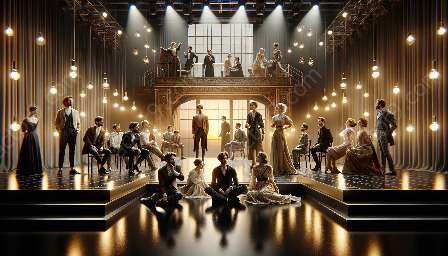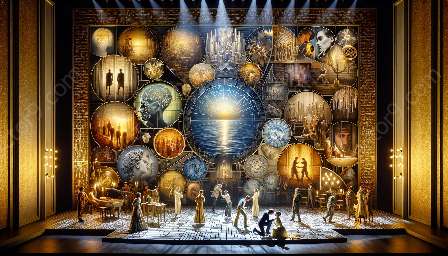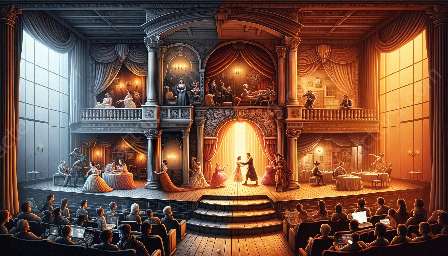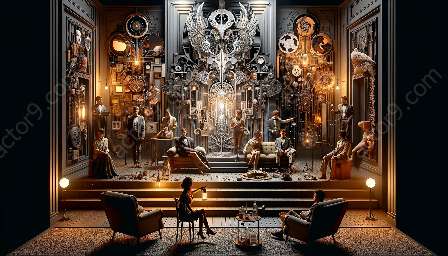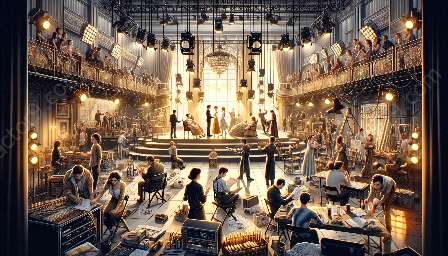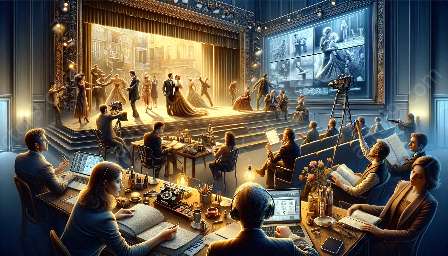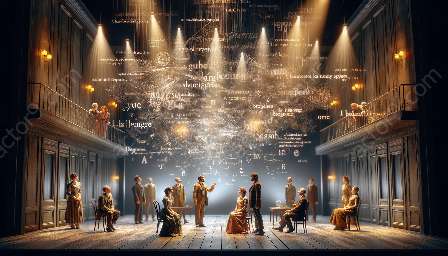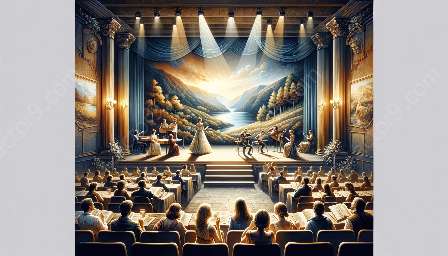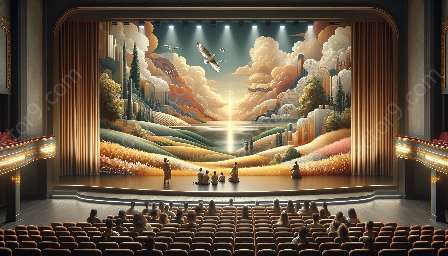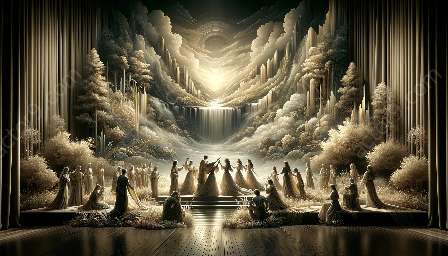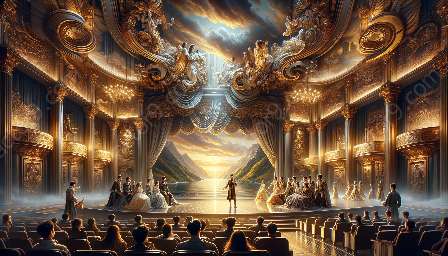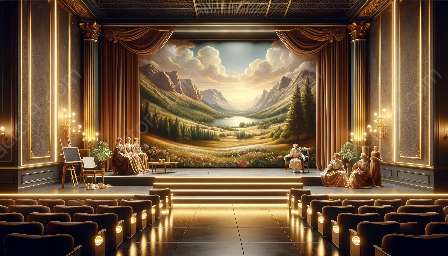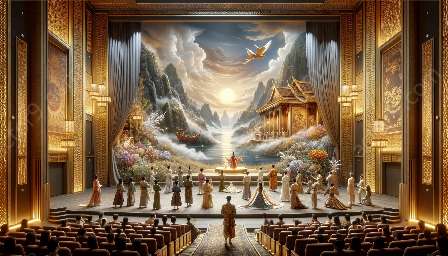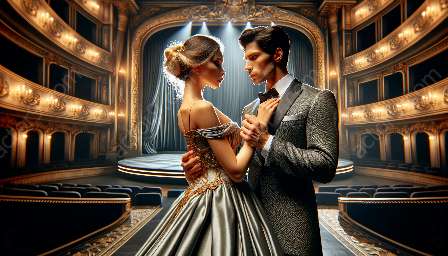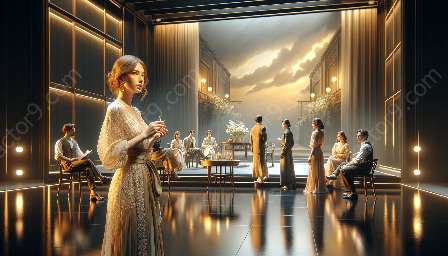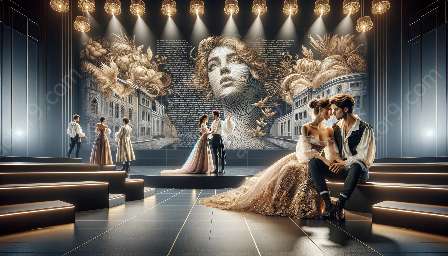Modern drama often makes use of symbols to convey underlying messages and enrich the overall narrative. Symbols play a significant role in shaping the narrative of modern plays, contributing to the depth and impact of the theatrical experience. By delving into the symbolism in modern drama, we can gain a deeper understanding of how these elements contribute to the storytelling process.
The Significance of Symbols in Modern Drama
Symbols in modern drama serve as powerful tools for expressing complex ideas, emotions, and themes that are often difficult to convey through direct dialogue or action. These symbols can take various forms, including objects, actions, or even specific words or phrases that carry deeper meaning beyond their literal interpretation. They help to create a multi-layered narrative that invites interpretation and introspection, adding richness and depth to the theatrical experience.
Conveying Abstract Concepts
One of the primary roles of symbols in modern drama is to convey abstract concepts and themes that may be challenging to present through direct dialogue or exposition. For example, the recurring symbol of a broken clock may represent the passage of time and the inevitability of change, serving as a visual metaphor for the overarching theme of the play. By utilizing symbols, playwrights are able to infuse their works with a sense of universality, tapping into shared human experiences and emotions.
Enhancing Emotional Impact
Symbols also function to enhance the emotional impact of modern plays, evoking powerful reactions from the audience and deepening their engagement with the narrative. When a specific symbol is carefully woven into the storyline, it has the potential to resonate with the audience on a subconscious level, eliciting emotional responses that contribute to a more immersive and memorable theatrical experience.
The Role of Symbols in Shaping Modern Drama
Modern drama has been shaped in part by the use of symbols, which have become integral to the evolution of the genre and the portrayal of complex themes and ideas. The employment of symbols in modern drama has allowed playwrights to push the boundaries of traditional storytelling and explore new avenues of expression, resulting in the creation of compelling and thought-provoking works that challenge conventional norms.
Engaging Audience Interpretation
Symbols encourage audience members to engage in active interpretation, inviting them to explore and uncover the deeper meaning behind the visual and thematic elements present in the play. This interactive process fosters a sense of intellectual and emotional investment in the performance, as individuals grapple with the symbolism presented before them, each deriving their own subjective meanings and connections.
Enriching Subtext and Subtlety
Modern drama benefits greatly from the subtlety and complexity that symbols provide. By imbuing their works with carefully chosen symbols, playwrights are able to infuse their narratives with layers of subtext and nuance, allowing for a more nuanced exploration of the human condition and societal issues. The use of symbols encourages audiences to look beyond the surface of the story, delving into its intricacies and uncovering deeper truths.
Conclusion
In conclusion, symbols play a crucial role in shaping the narrative of modern plays, contributing to the richness and depth of the theatrical experience. By conveying abstract concepts, enhancing emotional impact, and engaging audience interpretation, symbols have become essential tools for modern playwrights seeking to push the boundaries of storytelling and create resonant works of drama. As modern drama continues to evolve, the role of symbolism remains at the forefront, enriching the genre and inviting audiences to participate in an immersive and intellectually stimulating exploration of human experiences and emotions.


